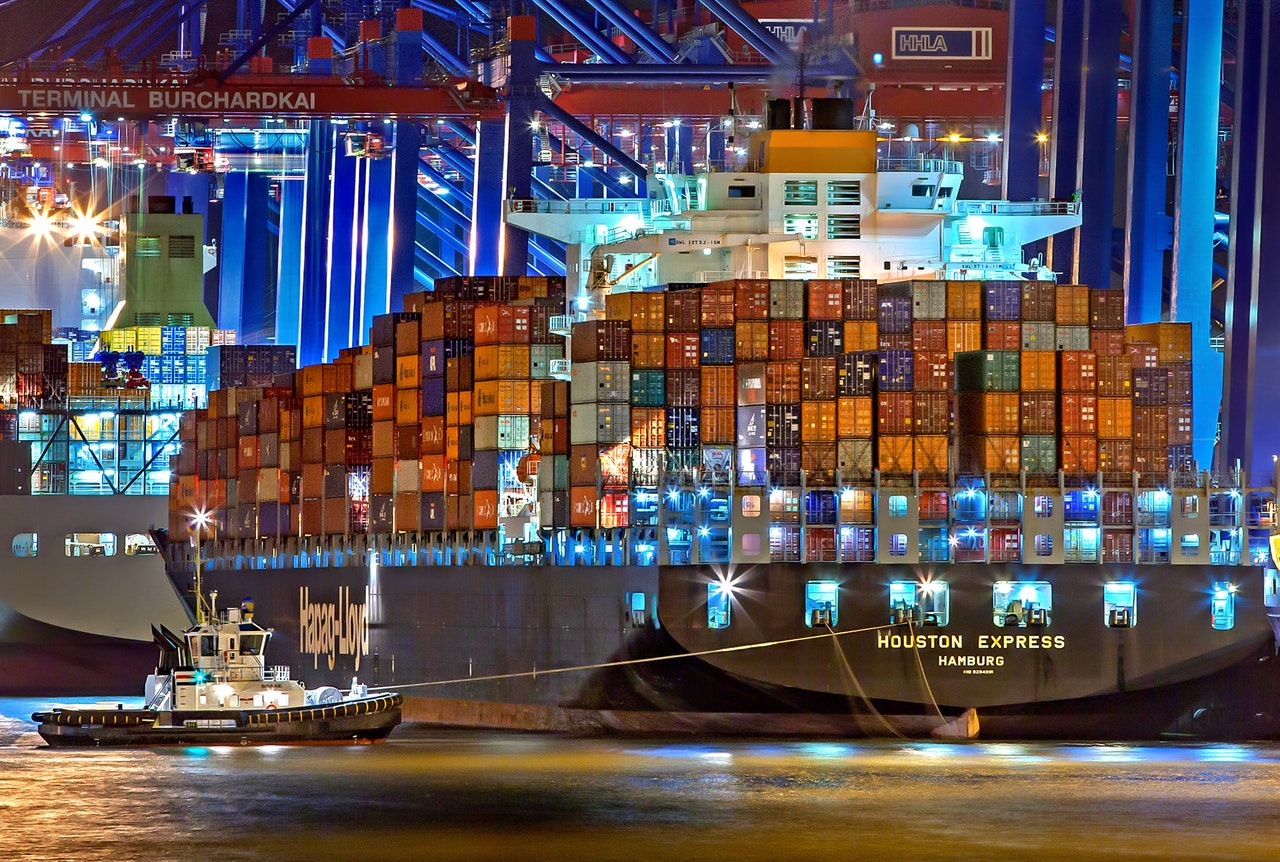
- Management of overcapacities in China (50% of world steel demand and production) - significant impact on steel and iron ore prices
- Continued growth in two major end markets for steel: construction and automotive
- Intense government scrutiny and varying degrees of protectionism
Cyclical momentum vs structural challenges
A more balanced market and continuation on the pathway to eliminating overcapacity should support profitability in the global steel sector. Infrastructure investment, improving European demand and sustained economic growth in the rest of the world are the main drivers. Cyclical recovery continues to underpin growth, yet world steel demand growth will slow, to +1.6% y/y from +2.8% in 2017, due to slowing growth in China (environmental restrictions, policy induced restructuring of the economy). Excluding China, the World Steel Association forecasts demand growth of +3% y/y for 2018. Europe is the strongest region in terms of demand growth with +5.2% y/y. Global steel output increased by +5.3% in 2017, principally on the back of strong growth in China. Even though, average capacity utilisation has improved in 2017, it still stands below 70%. Overcapacity, exacerbated by slowing Chinese demand, remains the principle challenge of the sector. Iron ore may slip back into oversupply as transitory demand switch between grades reverses.
Other metals have seen prices increase on the back of strong demand, notably copper, nickel, lithium and cobalt, the latter ones particularly prospects for batteries and electronics. Restraint on supply expansion is likely to lead to a continuation of demand growth exceeding incremental supply. Strong balance sheets and cash flows could drive M&A in the sector. However, we note risk in relation to the correlation with other sectors, notably construction in China, chiefly for copper.
